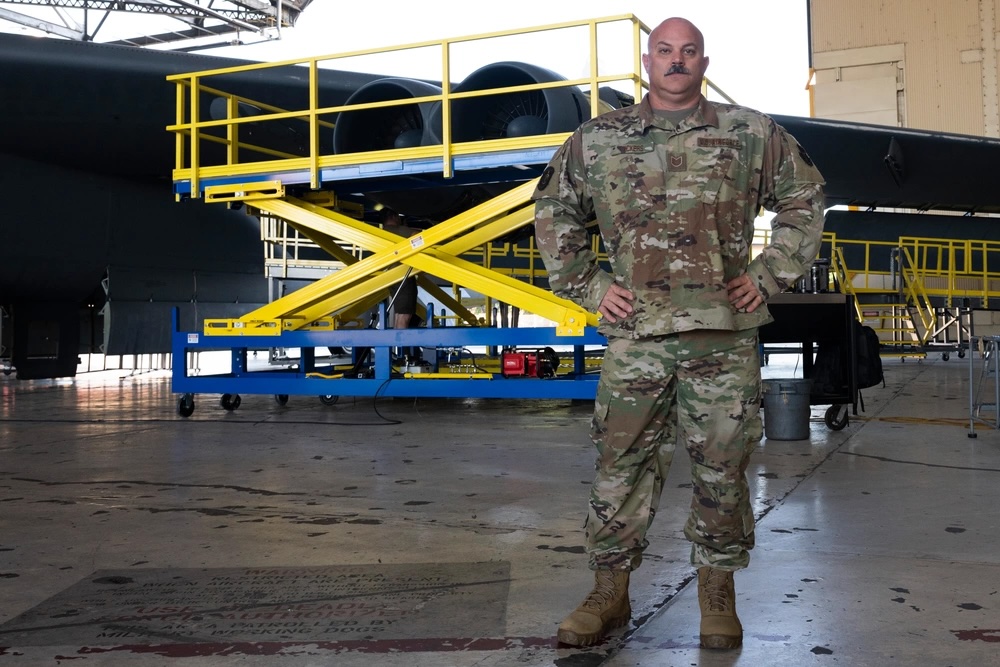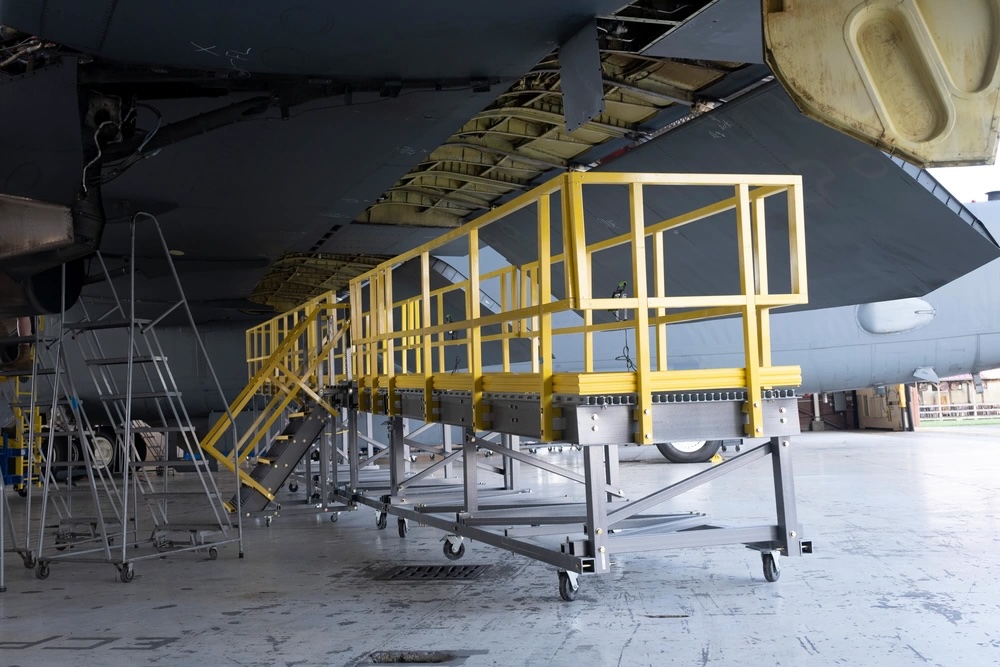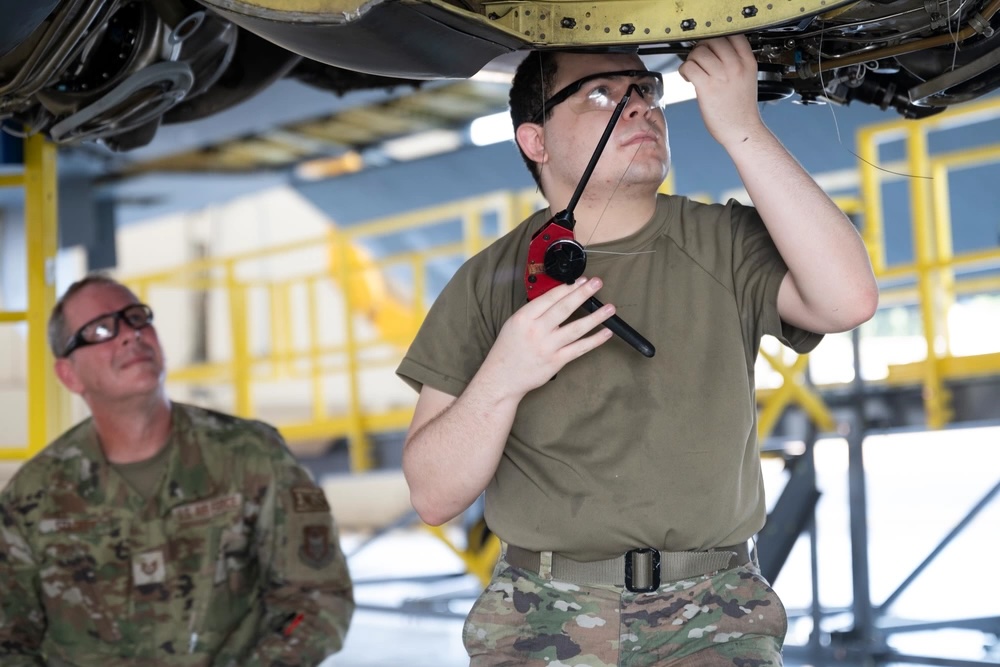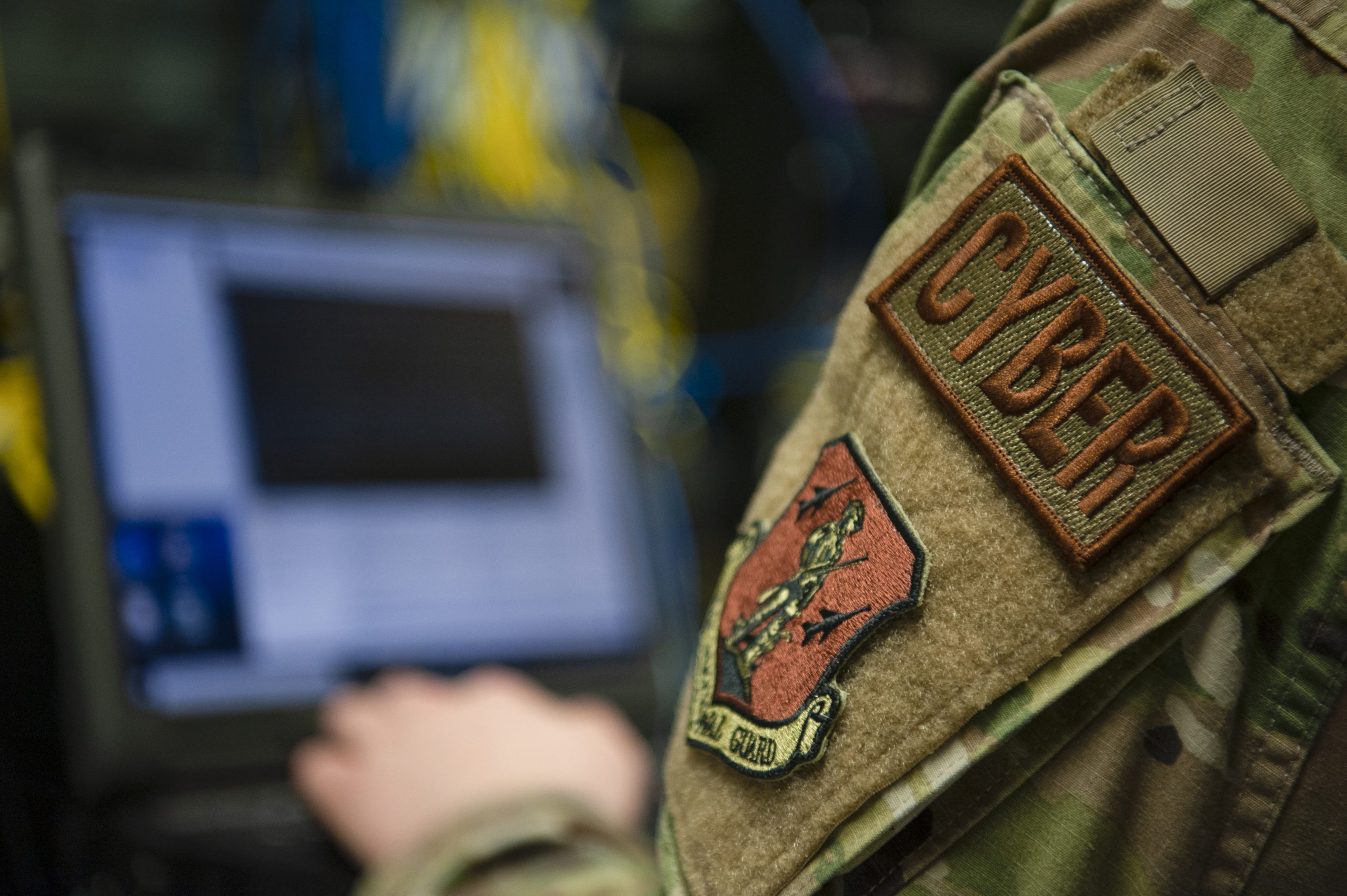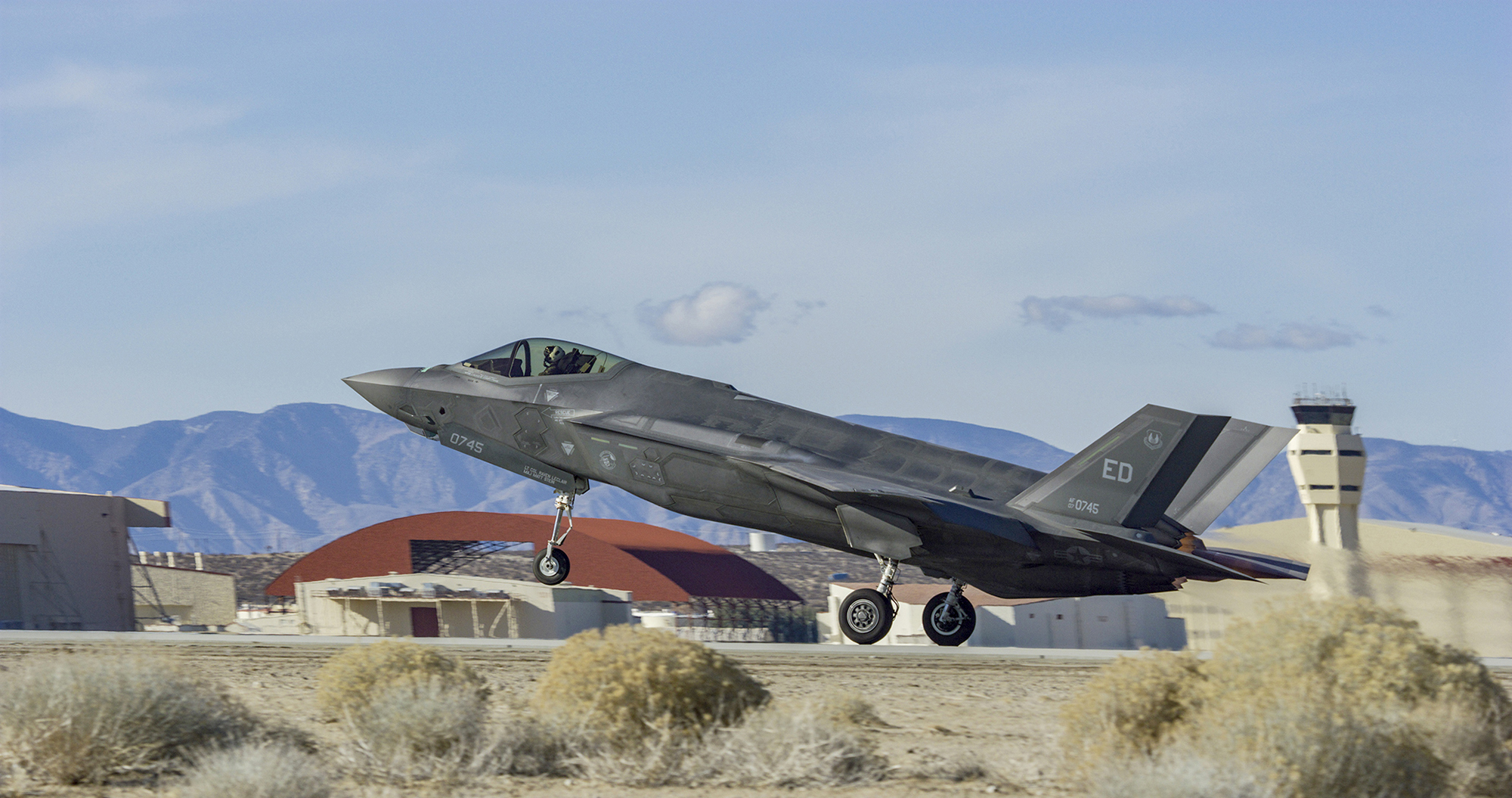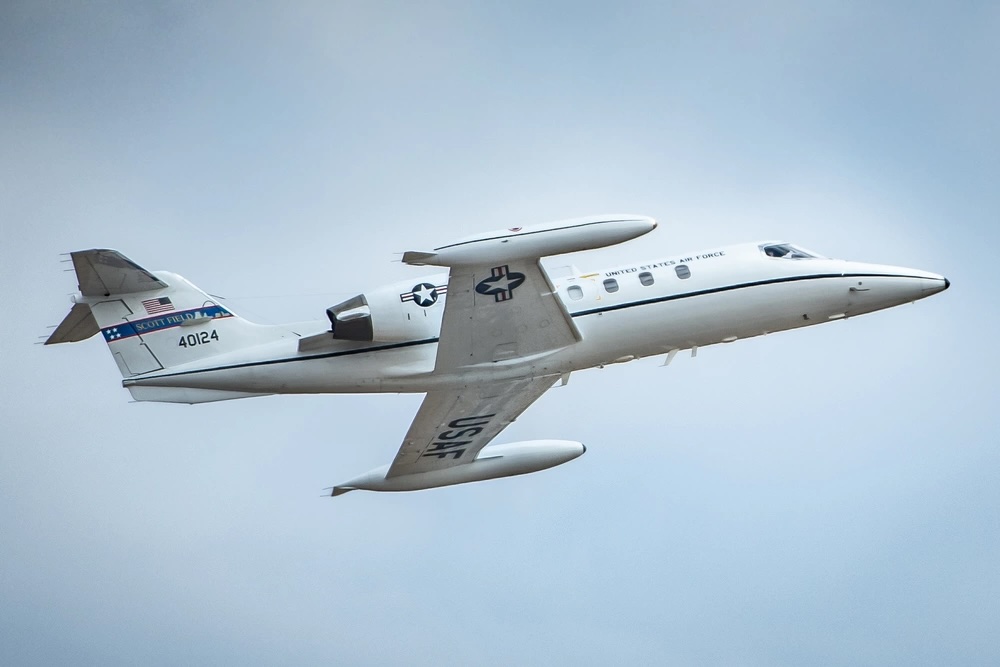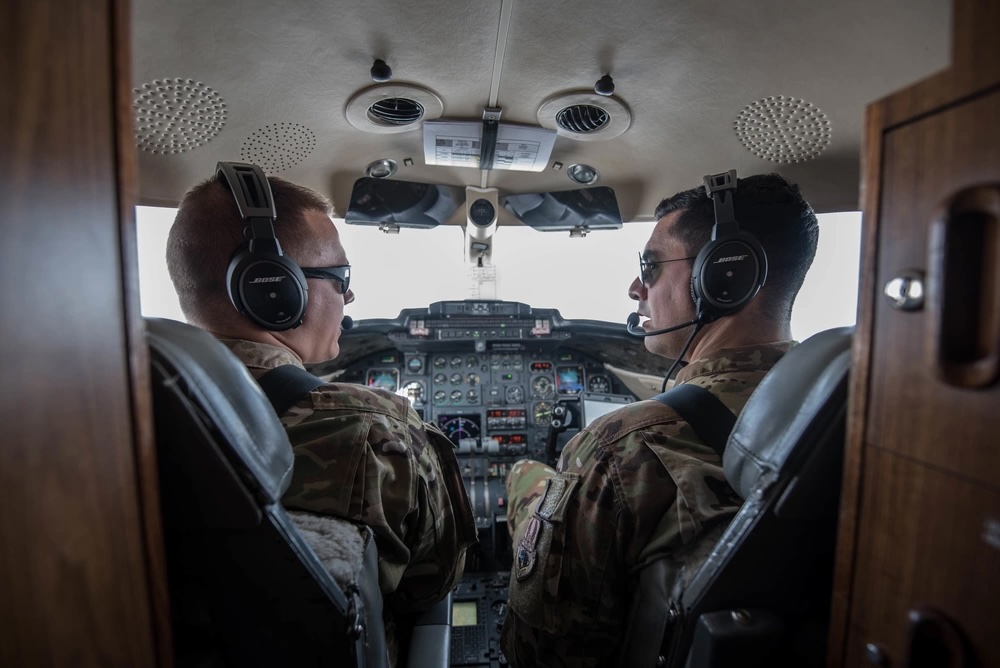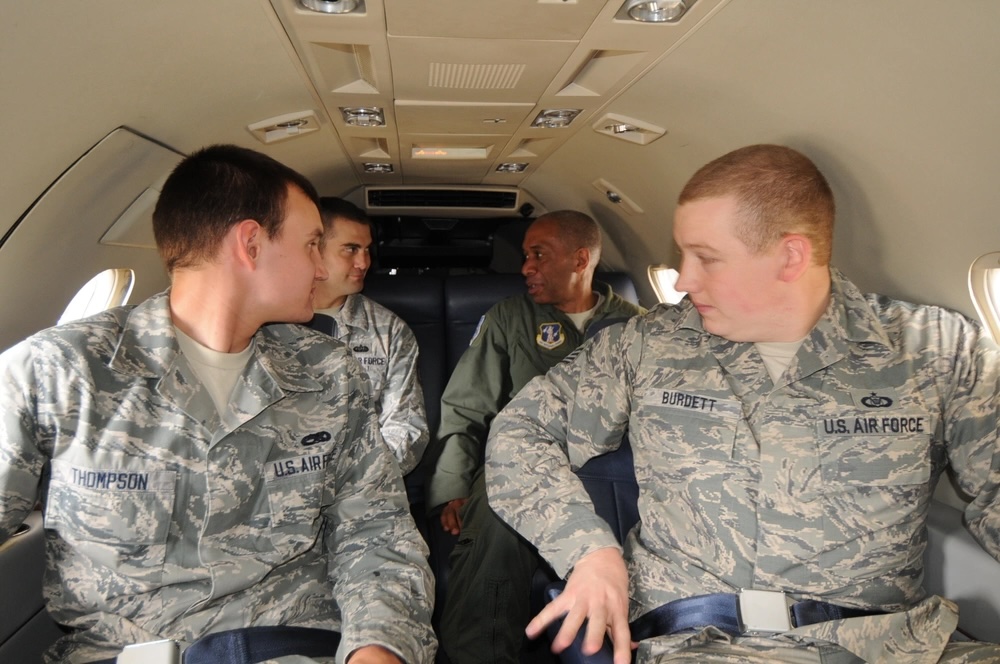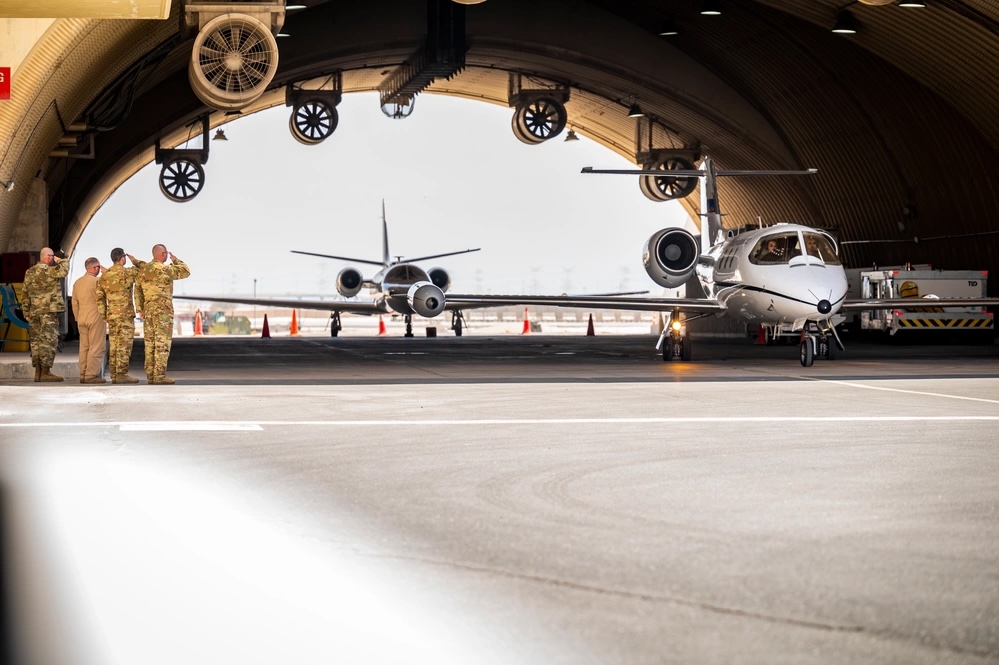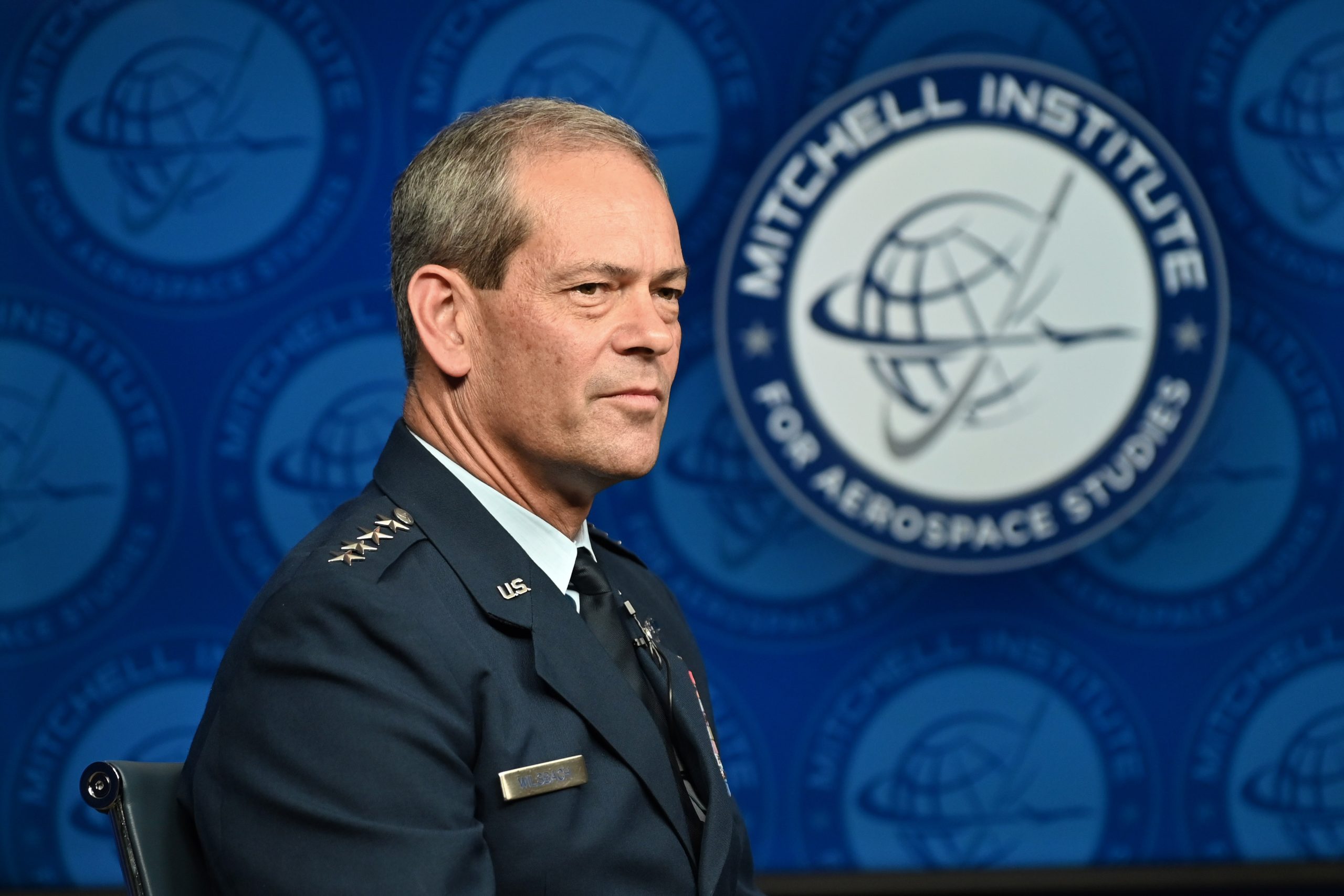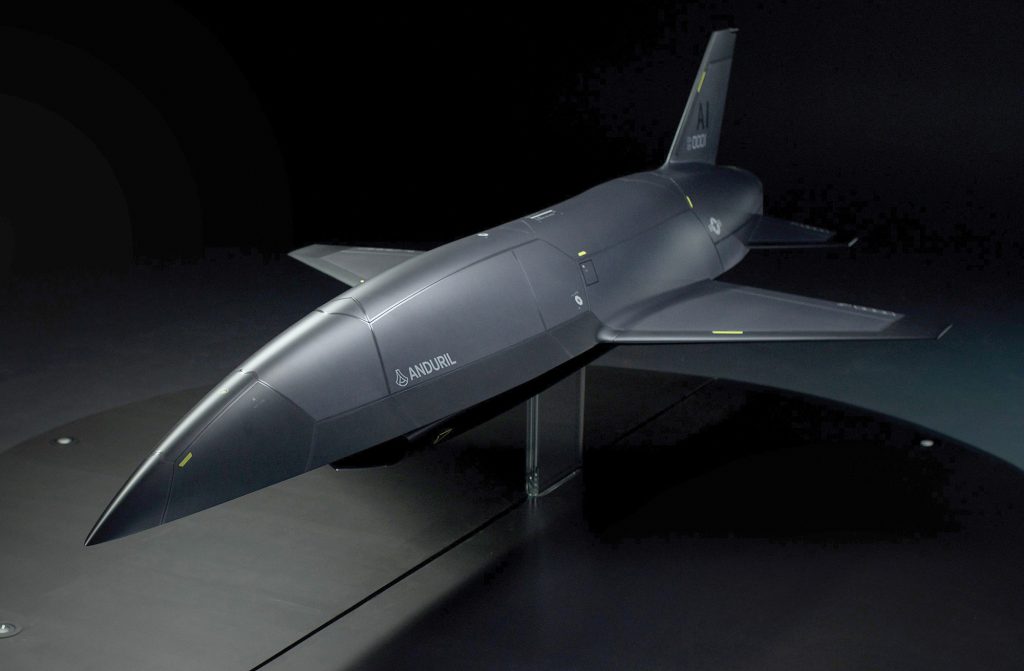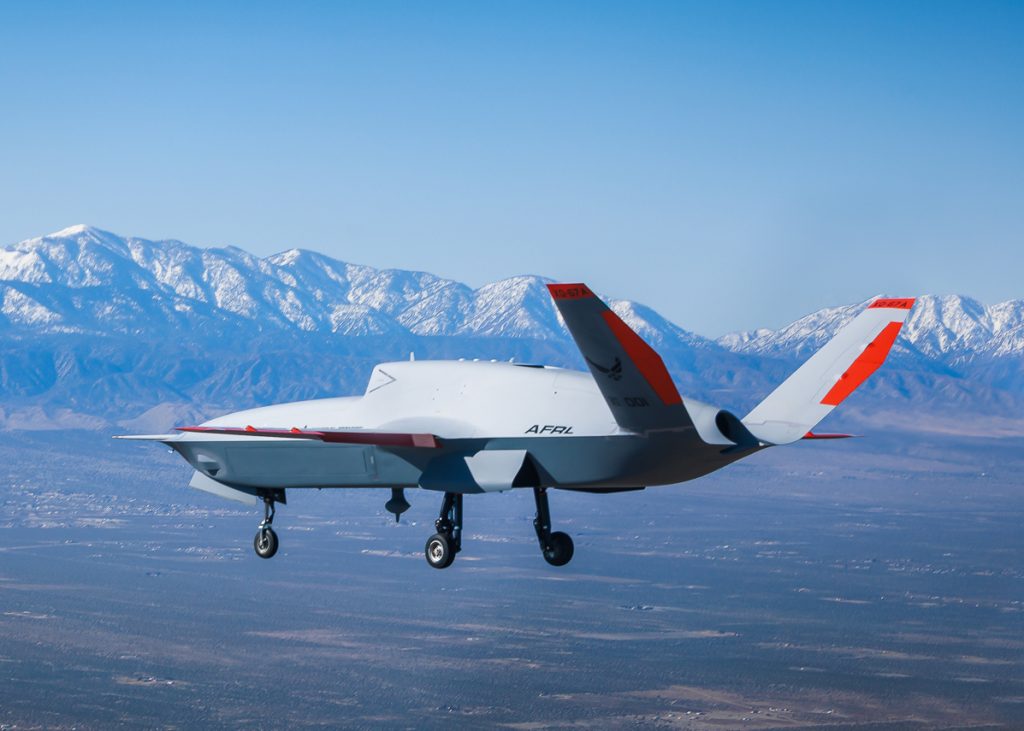Nestled within the 720 pages of the Senate Armed Services Committee Report on the National Defense Authorization Act for Fiscal 2025 are a few short paragraphs directing a briefing “on a strategy for DOD’s activities and interests in cislunar space.”
Senators recognize how important this crucial region of space is, where the gravitational pulls of the Earth and Moon conflict and the future of space operations grow more complex.
There are grave national security risks at play if the United States cedes any advantage in the cislunar regime to China or others with ambitions to dominate lunar or deep space exploration.
Establishing a DOD Cislunar Strategy is the first step in aligning the military resources, capabilities and requirements to accelerate and secure scientific and economic ventures on and around the Moon. The report directs the Assistant Secretary of Defense for Space Policy, in coordination with the Chief of Space Operations and the Commander of U.S. Space Command, to brief congressional defense committees on the new strategy by May 31, 2025. It’s an ambitious schedule, but achievable and necessary to inform the fiscal 2025 budget timeline.
While this will be a DOD-wide strategy, the bulk of the work will fall to the Space Force.
The Senate committee laid out nine goals for the strategy, but the most important ones are to define DOD’s goals and priorities; assess potential threats; identify key partnerships; specify required investments; and enumerate necessary force structure changes. These last two elements are critical to the Space Force, which is not quite five years old, but already stretched too far and given too little. Indeed, the President’s proposed fiscal 2025 budget included a cut for the Space Force.
Directing a cislunar strategy affords the Space Force a huge opportunity to define its future and the resources it will need to make that vision come true.
Yes, competition in cislunar space is a long-term game, and there are numerous near-term challenges the Space Force faces now. It will need additional resources to address those, let alone what’s needed in the cislunar region.
The proposed funding cut for 2025 will delay the U.S. military’s ability to achieve space superiority, a huge risk at a time when China and Russia are both showing increasing aggression in space. Such an ill-timed cut must be corrected, and soon.
Defining a clear strategy for future missions can help make that clearer to the decision makers who hold the purse strings. It takes years to develop and field any capability in space, and the challenges will be even greater in the cislunar regime. But the stakes could not be higher: China is racing ahead, most recently completing a sample return mission from the far side of the Moon.
In the ongoing competition with China, there are sprints and marathons. The Space Force must be prepared to win both.
The Mitchell Institute Spacepower Advantage Center of Excellence (MISPACE) examined the cislunar challenges in a recent report, which likened the region to “the First Island Off the Coast of Earth.” That’s how China sees it, just as it sees Taiwan and the first island chain off its coast as part of China. The People’s Republic is competing to win the new race to the Moon as the first step in its quest to overtake the United States and become the world’s technological, political, and economic leader.
The United States must compete to ensure that quest never becomes reality.
A concerted, whole-of-government effort is required now to ensure free and open access to space and that no nation, especially a rival, can take a dominant position in such a critical region. A DOD cislunar strategy will be a key first step in that direction, one that will undoubtedly drive the necessary further expansion of our Space Force.
The Senate should embrace the wisdom displayed here by the Senate Armed Services Committee and approve the measure. The House should likewise embrace the effort. It costs little to develop a strategy, but the payoffs to having one will be unparalleled.
The race for space is on again. DOD and Congress must work together to ensure that the Space Force has the resources it needs to win.

